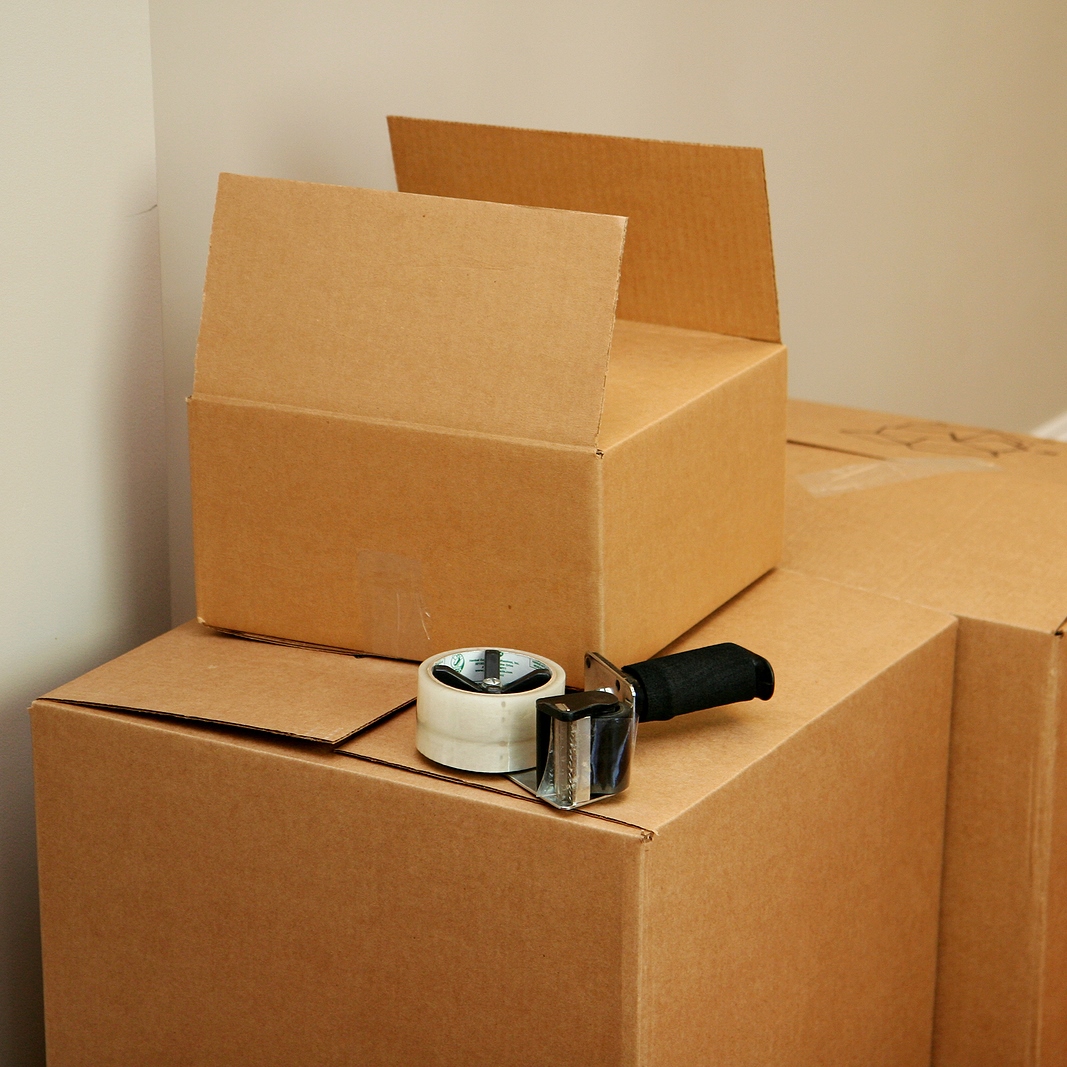Artworks often have to travel as they change ownership, go to exhibitions and art fairs, or when they are sold at auctions. Every transfer like this has to be properly handled, with meticulous and well-arranged packaging performed for every transported piece. If you want to pack your items on your own, make sure you obtain a full set of artwork packaging supplies specifically meant for your art. Here is a list of materials you may need to protect your art object in transit.
Safety Parameters of Artwork Packaging Supplies
While the main packaging principles are the same for art objects and other shipped items, the quality of artwork packaging supplies should be much higher. It is vital to use only acid-free, non-adhesive materials when packaging artwork, as the surfaces of canvases, sculptures, and other artworks are usually more delicate and vulnerable to external impact. The presence of chemicals and acids in the covering layers can cause irreparable damage to the art piece, which may lead to the loss of its value.
Which Supplies Do You Need?
Now, let’s proceed with the list of packaging materials you may need to pack your art. You will likely need glassine paper, art plastic, or archival tissue paper, as well as bubble wrap and some kind of cushioning material, which you will use to fill the empty space in the cardboard box or crate. Besides, you will need packing tape to fix all packaging layers together and a sturdy cardboard box that slightly exceeds your artwork’s dimensions.
Step-by-Step Packaging Principles
The first step in your packaging procedure involves covering the artwork with glassine paper, art plastic, or archival tissue paper. This layer will protect the artwork’s surface from contact with other packing materials. Fix the packaging with the tape so that it covers the entire surface and doesn’t shift significantly. Next, wrap the artwork into a layer of bubble wrap or kraft bubble, which will perform the cushioning role. Use several layers if you want to enhance the art object’s protection and have a larger box. The final step of packaging involves putting the artwork inside a sturdy cardboard box and filling all the space with cushioning material to prevent the object from shifting.
With these packaging rules and supplies, you can guarantee sufficient protection of the artwork in transit. Yet, if you’re new to this process and want to exclude all risks of damage, it’s better to entrust the task to professionals. Fine Art Shippers can pack your art before collecting it from your location and ensure its safe travel to the destination.
